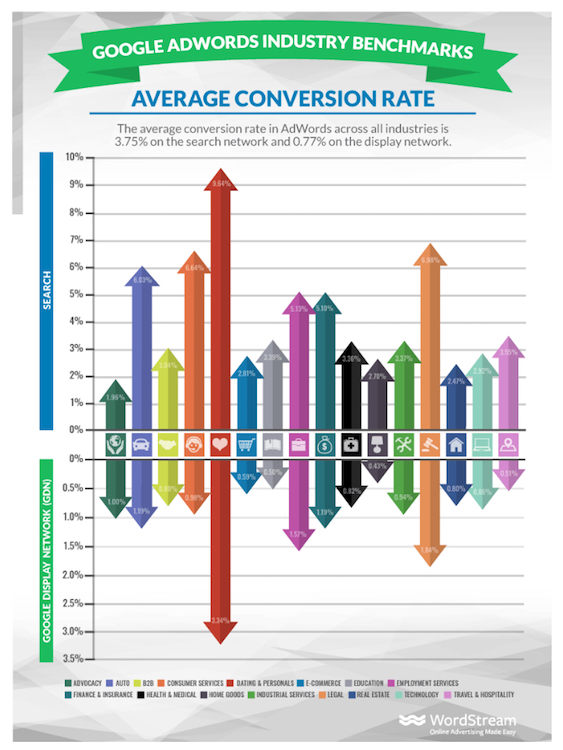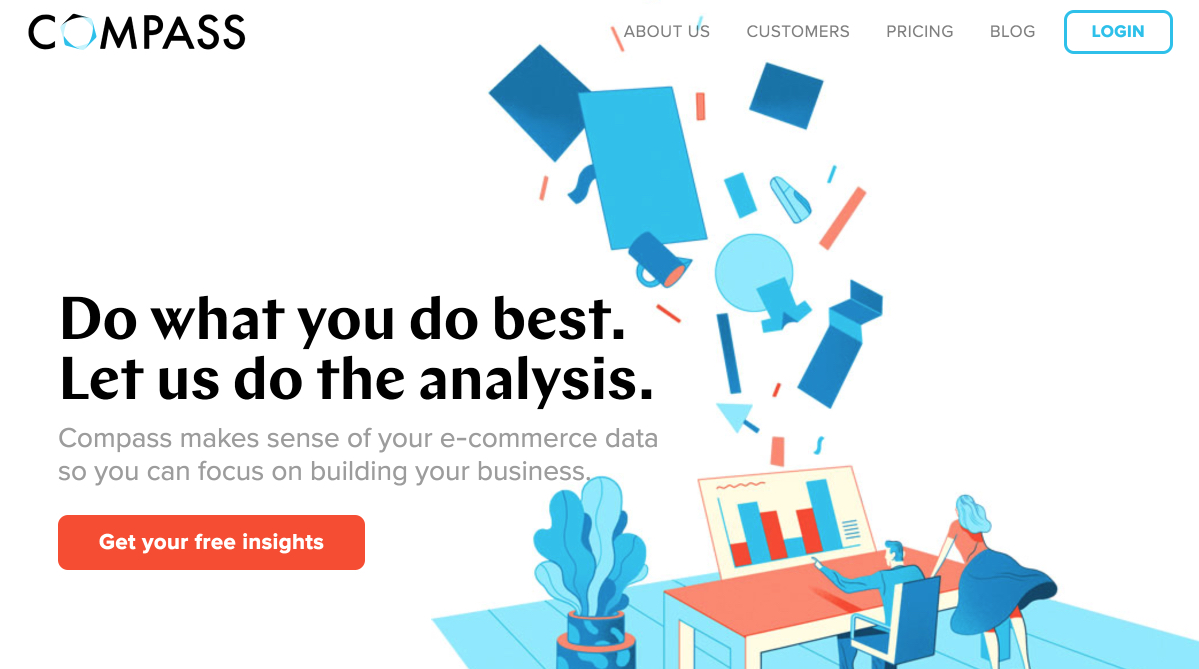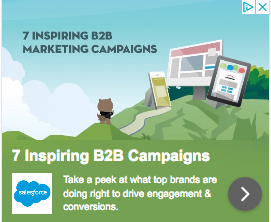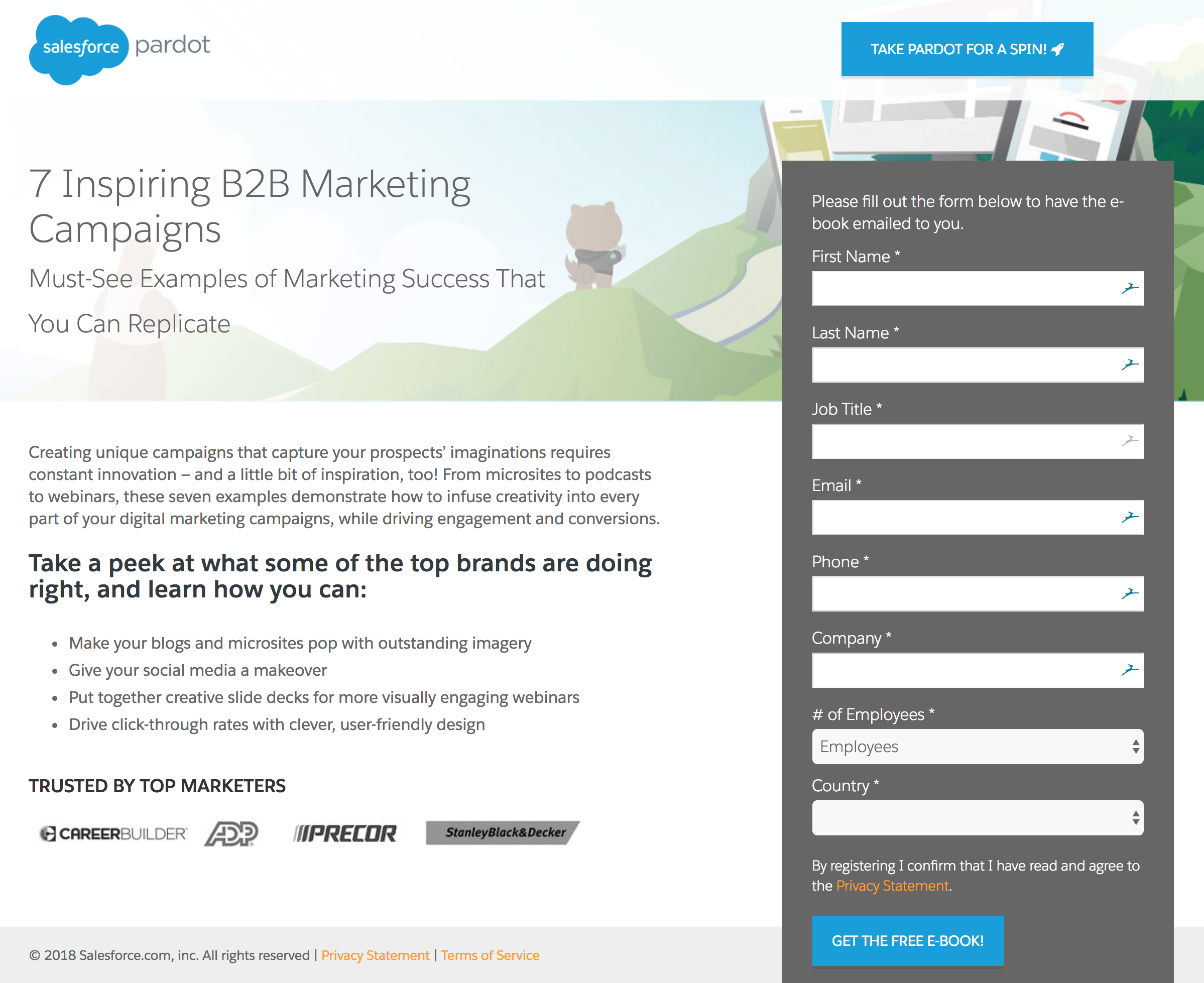Creating, launching, and managing profitable paid advertising campaigns is a task that requires not only advertising savvy but lots of budget as well.
Forrester forecasts the digital marketing spend will reach nearly $120 billion by the year 2021. Moreover, according to Instapage’s digital marketing agency report, more than 80% of agencies stated their clients’ ad budgets ranged from $0 to $49,999:

Is the return on ad spend justified?
With that data above per client, does the return on ad spend (ROAS) justify the budget invested?
The answer is a resounding no.
When asked how much of the ad spend on average resulted in generating a positive ROI for clients, nearly half the agencies reported they don’t produce more than 40% positive ROI from their clients’ PPC ad spend. Meanwhile, only 9% specified they earn more than 80% positive ROI:

Looking at the ad spend in terms of ROI, the digital marketing picture seems pretty bleak. The 200 agencies featured in the report experienced an average of 2.1-5% conversion rate for their client’s PPC programs:

Even WordStream’s data shows average conversion rates very low, on average 3.75% and 0.77% for search and display, respectively:

Why is there such a large discrepancy between paid campaign ad spend and the generated return on ad spend?
Lack of optimization. Only 2% of companies focus their advertising efforts on post-ad click initiatives, even though it has proven to significantly boost conversion rates. As an example, Verizon decreased their cost per conversion by 53%, lowered their cost per click by $1.42, and increased their conversion rate by 68% by optimizing post-click landing pages for better conversions.
One of the biggest problems with digital ad spend
Paid marketing platforms like Google Ads and Facebook Ads give advertisers easy access to tools that allow them to create more granular and personalized ads. What advertisers have lacked is easy access to tools that enable them to have the same capabilities for their post-click marketing.
Advertisers focus on creating detailed buyer personas, segmenting ad audiences, and optimizing ads, but forget about the post-ad-click part of the conversion equation. This is the reason why most paid ads direct visitors to homepages and product pages instead of dedicated post-click landing pages.
Compass’ Facebook ad talks about making sense of metrics and reviewing e-commerce metrics:

The ad click takes the prospect to Compass’ homepage:

The first thing that sticks out about the homepage is the fact that the headline doesn’t specifically talk about metrics, which is the main keyword used in the ad. The failed message match between the ad and the post-click landing page disappoints users and can cause them to bounce since the homepage doesn’t fulfill the promise made in the ad.
When digital marketers don’t take into account the post-click stage and fail to connect paid ads to personalized post-click landing pages you effectively waste your advertising budget. Without message matching, users have a tougher time determining if they are in the correct place to redeem what was promised in the ad.
Agencies report low conversion rates because a large chunk of paid ads direct users to homepages and product pages instead of standalone post-click landing pages. This translates into a lost conversion opportunity.
To ensure a positive return on ad spend, you must consider the entire conversion equation. This is what Pardot does with their display ad and corresponding post-click landing page:


The ad and post-click landing page have perfect message match:
- Both talk about “7 Inspiring B2B Marketing Campaigns” in their respective headlines
- The imagery is relevant to the offer and remains consistent throughout the process.
- All page elements are dedicated to promoting the free ebook offer, from the headline down to the CTA button copy.
Increase your ROAS by focusing on the complete optimization picture
To even the divide between ad dollars spent and revenue generated; marketers, advertisers, and agencies must focus their efforts on creating segmented, optimized ads with highly optimized post-click landing pages.
The digital marketing agency report concludes that advancements in advertising technologies are the answer to increasing digital return on ad spend. By segmenting and targeting post ad initiatives, marketers and agencies can maximize their advertising budget and create a frictionless brand-to-customer experience. Sign up for an Enterprise demo today.

See the Instapage Enterprise Plan in Action.
Demo includes AdMap™, Personalization, AMP,
Global Blocks, heatmaps & more.
